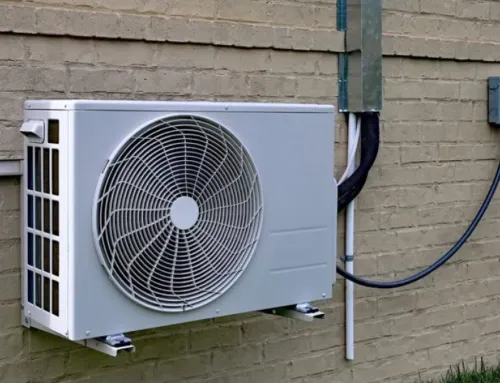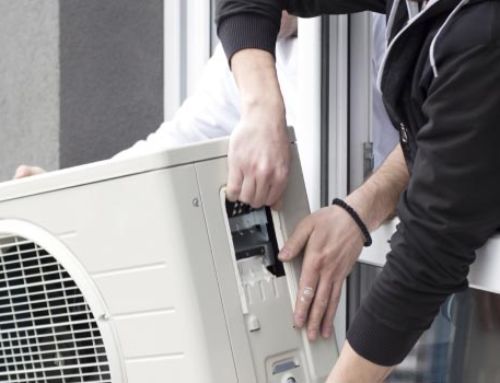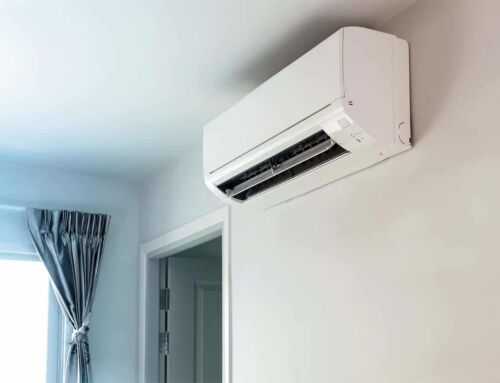The multi-head split system is an increasingly popular choice for climate control in urban environments.
But is it right for you?
Before you start planning an installation, it’s helpful to weigh up the pros and cons.
So, what are the advantages and disadvantages of multi-head split systems?
As the demand for efficient cooling solutions in Sydney continues to rise, understanding the ins and outs of these systems becomes crucial.
In this article, we’ll delve into the benefits and drawbacks of multi-head split systems in the context of Sydney’s unique climate and lifestyle.
From energy efficiency to customisable comfort, multi-head split systems offer a range of enticing advantages. However, they also come with considerations and potential limitations.
Read on to learn everything you need to know.
HUNTERCON TIPS:
|
Multi-Head Split System: An Overview
Multi-head split systems are a versatile and efficient solution for cooling multiple rooms or zones within a building.
Unlike traditional split systems that consist of one outdoor unit connected to a single indoor unit, multi-head split systems feature multiple indoor units connected to a single outdoor unit.
This setup allows for individual temperature control in each room or zone, offering tailored comfort to suit different preferences.
If you’re dealing with limited space, a multi-head split system can provide a practical cooling solution without the need for extensive ductwork.
With sleek indoor units mounted high on walls or suspended from ceilings, these systems blend seamlessly into modern interiors, maintaining aesthetics while delivering superior comfort.
Designed for flexibility, multi-head split systems can accommodate various configurations to suit the layout of any space.
Whether it’s a small apartment, a large office building, or a multi-storey home, these systems can be customised to meet the specific cooling requirements of each environment.
With advancements in technology, many models offer additional features such as Wi-Fi connectivity, advanced air filtration, and quiet operation, enhancing the overall user experience.
With zoning capabilities that allow users to cool only the rooms in use, these systems help minimise energy wastage and reduce utility bills.
The use of inverter technology ensures efficient operation by adjusting compressor speed according to cooling demands, further enhancing energy savings.
Embracing the Pros of a Multi-Split System
Individualised Comfort
One of the most significant advantages of multi-head split systems is their ability to provide individual temperature control in different rooms or zones.
This means that each occupant can set their preferred temperature, creating a personalised cooling experience tailored to their needs.
In a household or office setting, where preferences may vary widely, this level of flexibility ensures maximum comfort for everyone.
Space-Saving Design
In densely populated cities like Sydney, space is at a premium. Multi-head split systems offer a space-saving solution by eliminating the need for ductwork typically associated with centralised air conditioning systems.
With compact indoor units mounted high on walls or ceilings, these systems free up valuable floor space, making them ideal for apartments, townhouses, and other urban dwellings where space is limited.
Energy Efficiency
With rising energy costs and growing concerns about environmental sustainability, energy efficiency is a top priority for many consumers. Multi-head split systems excel in this area, thanks to their zoning capabilities and inverter technology.
By cooling only the rooms in use and adjusting compressor speed based on demand, these systems consume less energy compared to traditional air conditioning units.
Studies have shown that multi-head split systems can reduce energy consumption by up to 30% compared to ducted systems.
Quiet Operation
Nobody wants to be disturbed by the constant hum of an air conditioning unit. Multi-head split systems are designed for quiet operation, with advanced technology that minimises noise levels both indoors and outdoors.
This makes them ideal for bedrooms, offices, and other areas where peace is essential.
Customisable Configurations
Whether you’re cooling a small apartment or a multi-storey office building, multi-head split systems offer endless configuration possibilities to suit your needs.
From the number of indoor units to their placement and capacity, these systems can be customised to accommodate any space, ensuring optimal performance and comfort.
Multi-head split systems offer a range of compelling benefits, from individualised comfort and space-saving design to energy efficiency and quiet operation.
What is Split-System Air Conditioning (and How Does it Work?)
Navigating the Challenges of a Multi-Split System
Upfront Cost
Compared to traditional window units or portable air conditioners, these systems can be more expensive upfront due to the cost of multiple indoor units and installation.
The average cost of installing a multi-head split system in Sydney ranges from $3,000 to $8,000, depending on factors such as the number of indoor units and the complexity of the installation.
Complex Installation
While multi-head split systems offer flexibility in terms of configuration, the installation process can be more complex compared to other cooling solutions.
Installing multiple indoor units and connecting them to a single outdoor unit requires careful planning and professional expertise.
Depending on the layout of your space and the accessibility of installation areas, the process may involve drilling holes in walls, running refrigerant lines, and electrical wiring, which can add to the overall cost and time required for installation.
Maintenance Requirements
Like any mechanical system, multi-head split systems require regular maintenance to ensure optimal performance and longevity. This includes cleaning or replacing air filters, checking refrigerant levels, and inspecting components for wear and tear.
While maintenance tasks are relatively straightforward, they can add to the overall cost of ownership and inconvenience for homeowners or businesses.
Limited Cooling Capacity
While multi-head split systems offer flexibility in terms of zoning and individual temperature control, they may have limitations in terms of cooling capacity compared to centralised air conditioning systems.
In larger spaces or buildings with high cooling demands, multiple indoor units may be required to achieve the desired level of comfort, which can increase installation and operating costs.
Evaporative Cooling vs Air Conditioning: What’s the Difference?
Tips for Making the Right Choice
After exploring the pros and cons of multi-head split systems, it’s clear that these cooling solutions offer a range of benefits but also come with considerations to keep in mind.
Here’s a summary of the key points discussed:
| Pros | Cons |
| ✓ Individualised comfort with customisable temperature control in different rooms or zones.
✓ Space-saving design, ideal for urban environments where space is limited. ✓ Energy efficiency, leading to potential cost savings on utility bills. ✓ Quiet operation for undisturbed indoor environments. ✓ Flexible configurations to suit various building layouts and cooling requirements. |
✗ Upfront costs can be higher compared to other cooling solutions.
✗ Complex installation processes may require professional expertise. ✗ Regular maintenance is necessary to ensure optimal performance. ✗ Limited cooling capacity for larger spaces or buildings. ✗ The aesthetic impact of indoor units may not suit everyone’s preferences. |
Ready to Beat the Heat? Get in Touch with HunterCON Electrical and Air!
If you’re ready to take the next step towards achieving cool comfort in your home or workplace, don’t hesitate to reach out to the experts at HunterCON Electrical and Air.
Our team specialises in designing and installing multi-head split systems tailored to your specific needs and preferences.
Whether you’re looking for personalised advice, a detailed quote, or assistance with selecting the right cooling solution for your space, our knowledgeable professionals are here to help.






Leave A Comment